

With the fall comes the harvest, cooler weather, and for some homeowners, the pitter-patter of little mice feet. Insulation-filled attics and walls not only keep us warm during the fall and winter, they can also be prime real estate for mice, and sometimes rats, looking to escape the bitter chill outside.
Probably the most well-known mice and rats that find their way into buildings are the house mouse (Mus musculus) and Norway rat (Rattus norvegicus), also known as the brown rat. Both are originally native to Asia and came to the United States as stowaways onboard the ships of early European explorers and colonists. Prolific breeders, these species rapidly expanded their populations as colonists and settlers headed westward. Today, both are very abundant in urban and agricultural areas in Illinois and are the species most likely to be found in houses, barns, warehouses and offices. But DYK that Illinois is also home to six species of mice and two species of rat which are native to the state? Many of these species stay as far from human habitations as possible. Indeed, some have such small populations left in Illinois that they are listed as state threatened or state endangered, but a few are happy to cozy up in buildings if presented with the opportunity.

One such mouse is the white-footed mouse (Peromyscus leucopus) which is abundant throughout the state. This species prefers forests and woodlands but can be found in a variety of habitats if trees or shrubs are present. Not as shy as some of the other mice, white-footed mice will readily take up residence in buildings. They are easily distinguished from the smaller, gray-colored house mouse as they have brown, grayish-brown, or reddish-brown fur except on their undersides and feet, which as their name helpfully explains, are white. Additionally, house mice have nearly hairless tails, while white-footed mice have bi-colored, furred tails—brown on top and white underneath.
Based on appearance, a deer mouse (Peromyscus maniculatus) can be difficult to tell apart from a white-footed mouse as they both have protruding, black eyes, remarkably similar coloring, and their sizes overlap as they mature. And like the white-footed mouse, the deer mouse is also found statewide, but deer mice only live in non-wooded areas, preferring openland habitats such as prairies, pastures, agricultural fields, or railroad rights-of-way. They may also dwell in barns and other buildings and will readily take over bird nests, which they “update” by building a dome over the top and lining with milkweed, feathers or fur.
The cotton mouse (Peromyscus gossypinus) is similar in appearance to deer mice and white-footed mice with their large, dark eyes and white feet and undersides, but cotton mice tend to be a little larger than the other two Peromyscus and they have more golden brown fur with a stripe of darker fur down the middle of the back. Once found in a few counties in the southern tip of Illinois, the cotton mouse was seemingly absent from Illinois for several decades. It is thought that they either recolonized Alexander and Union counties in the mid-1990s or perhaps had been present but were misidentified as white-footed mice, with which they are known to hybridize. In fact, the two species are so similar that they are difficult to distinguish without genetic analysis.

The western harvest mouse (Reithrodontomys megalotis) is somewhat of a newcomer to Illinois, with the first capture recorded in the early 1950s. Similar in size to the house mouse, the harvest mouse has coloring comparable to white-footed and deer mice with brown fur, large, dark eyes, and white feet and undersides. Their front top teeth each have a groove that extends the length of the tooth, which is a feature commonly used to identify them by those willing to get that close. These mice build nests that they line with “down” from thistles or milkweed and they make high-pitched calls that resemble bird song. The western harvest mouse can be found throughout the northern half of Illinois.
The meadow jumping mouse (Zapus hudsonius) is a stand-out. They have yellowish-brown fur with a band of dark brown down the middle of the back, but their large hindfeet and long tails—much longer than their bodies—readily distinguishes them from any other mice in Illinois. These mice, as their name implies, can jump. While they normally creep or hop short distances of up to 6 inches, when startled they can jump 3 feet or more. Rather incredible given their small size. Also different from the other mice in Illinois, this species hibernates during the winter. Meadow jumping mice are typically found in dense cover in moist areas. While they historically could be found statewide, their current status is uncertain.
The golden mouse (Ochrotomys nuttalli), not surprisingly, has thick, golden fur above and white- or cream-colored fur on the undersides. They have reddish-colored ears and tails that are slightly shorter than their bodies. These mice are particularly good climbers and often nest between 3 and 16 feet above ground, sometimes higher. In Illinois, they can be locally common in deciduous or mixed hardwood-coniferous forests that have dense shrub cover in southern Illinois. The golden mouse is currently listed as a state threatened species.

The golden mouse isn’t the only species battling population declines. The marsh rice rat (Oryzomys palustris) is also currently listed as a state threatened species. They are about half the size of the more common Norway rat and have silvery-brown fur, a grayish-white underside, white feet, and a tail that is slightly darker on the top. This water-loving rat can be found in semi-aquatic and wetland habitats in about a dozen counties in southern Illinois where they weave spherical nests of grass that are often suspended in vegetation overhanging water. They are excellent swimmers and tend to be found in marshes, cypress swamps, and near the banks of ponds, rivers and streams.
The rodent that may be struggling the most in Illinois is also one that is a bit of a pickpocket. The eastern woodrat (Neotoma floridana) is commonly known as the pack rat for its propensity to collect shiny or colorful objects like bottle caps, glass or coins. These rats are about the same size as Norway rats but have large eyes, nearly naked ears, long whiskers, long tails, and soft, brownish-gray fur with white feet and undersides. Though they once had a larger range in Illinois, the eastern woodrat can now only be found in limestone or sandstone bluffs and outcrops in seven counties in southern Illinois. In the early 2000s, the Illinois Department of Natural Resources and researchers from Southern Illinois University worked to expand the population and increase genetic diversity. Research has continued to track how well the populations are faring. The eastern woodrat is currently listed as a state endangered species.

While larger mammals and brightly colored birds tend to capture our attention when we find ourselves outdoors, it’s worthwhile to be on the lookout for some of Illinois’ most diminutive species.
Discovering a mouse nest while hiking can be exciting, especially if the occupant is still at home. Conversely, hearing the pitter-patter of little mice feet, or finding other evidence of mice or rats, in your home or workplace can be considerably less fun. The Illinois Wildlife Code does not protect house mice, deer mice, white-footed mice, or Norway rats. These species may be removed without a permit from the Illinois Department of Natural Resources. The other species are all protected in Illinois. For more information about mice and rats check out Wildlife Illinois.
Laura Kammin is a Natural Resources Specialist with the National Great Rivers Research and Education Center. She formerly held positions at Illinois-Indiana Sea Grant, University of Illinois Extension, Prairie Rivers Network and the Illinois Natural History Survey. She received her master’s degree in wildlife ecology from the University of Illinois, Urbana-Champaign.






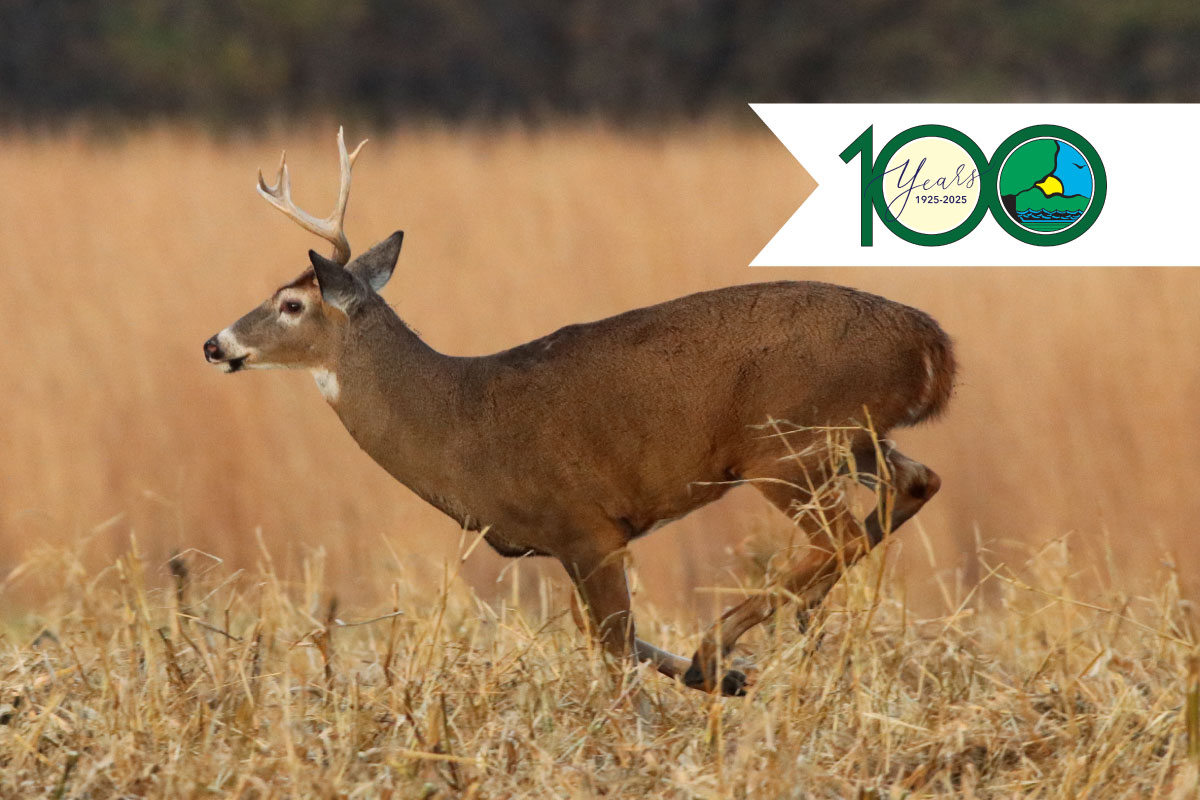
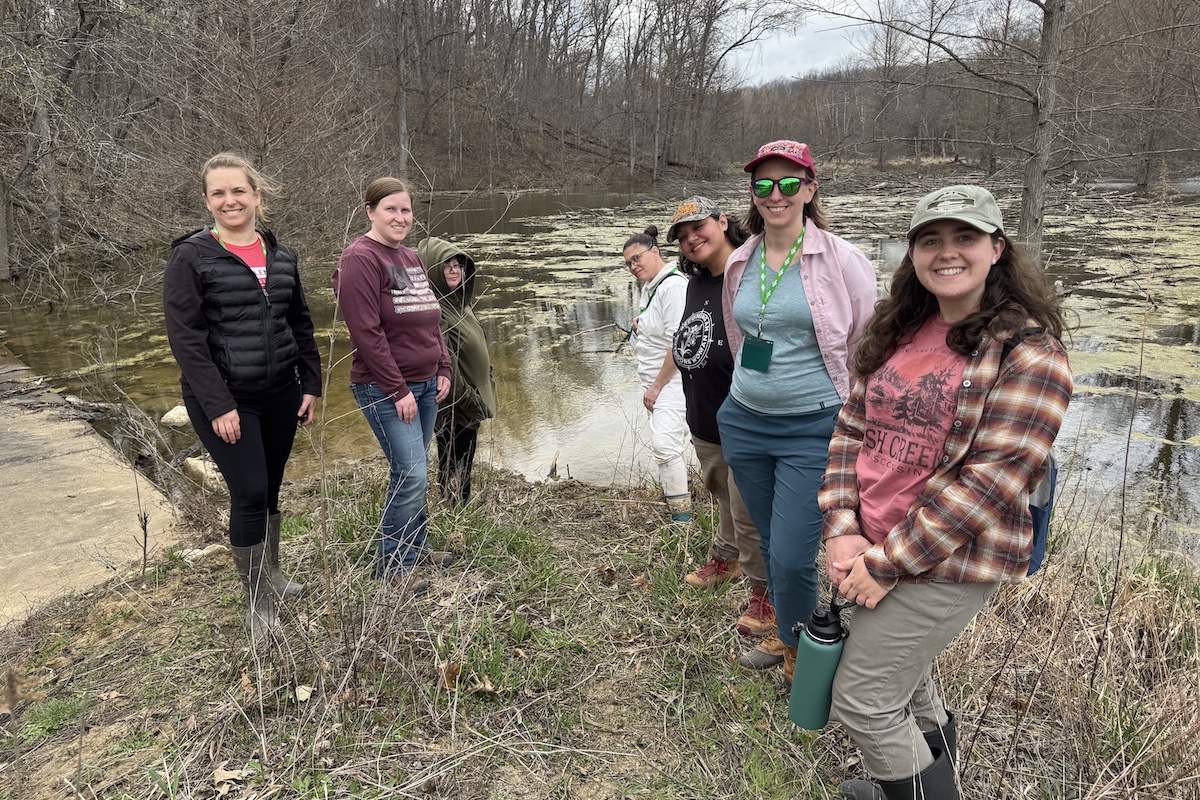
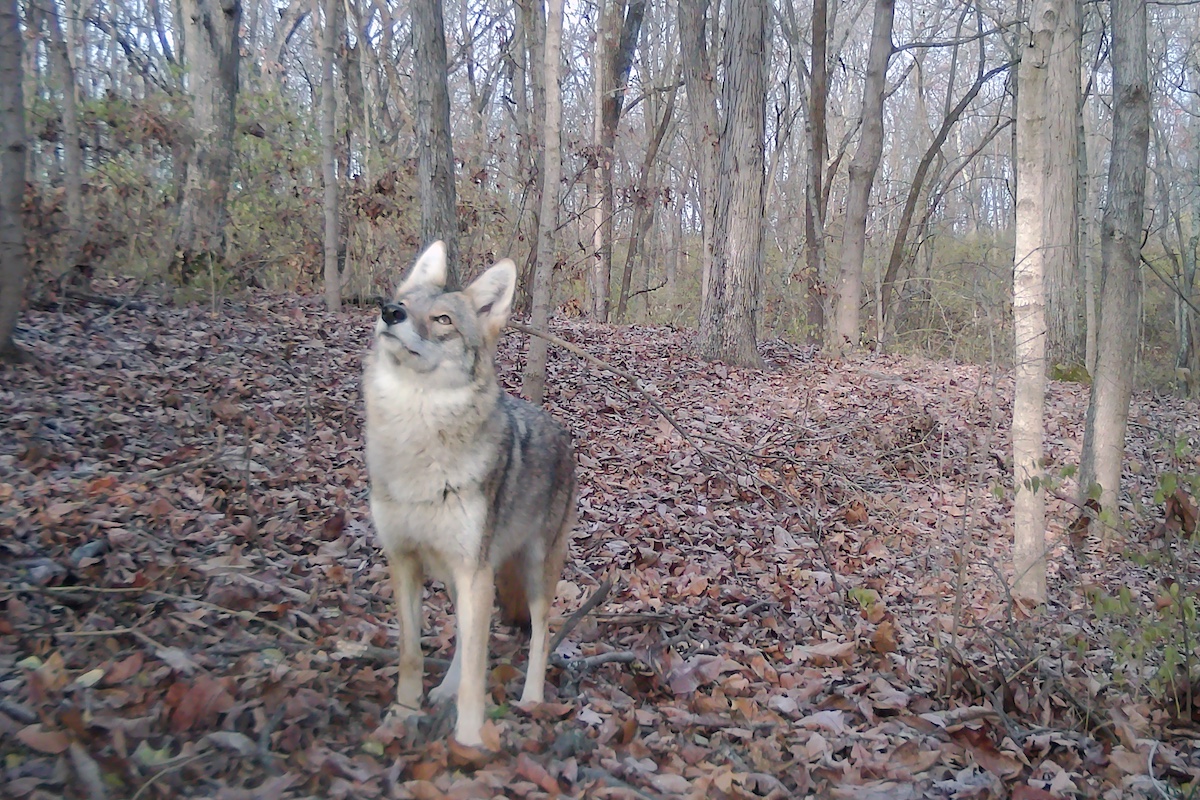
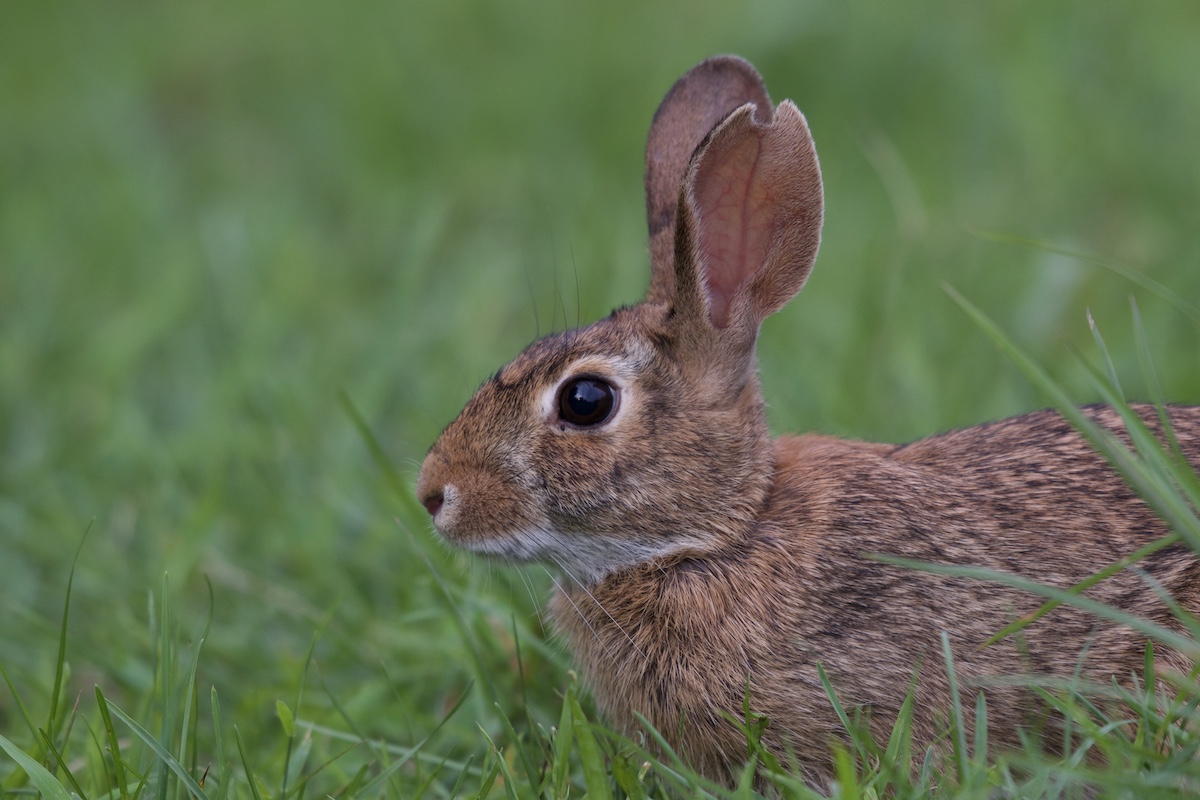
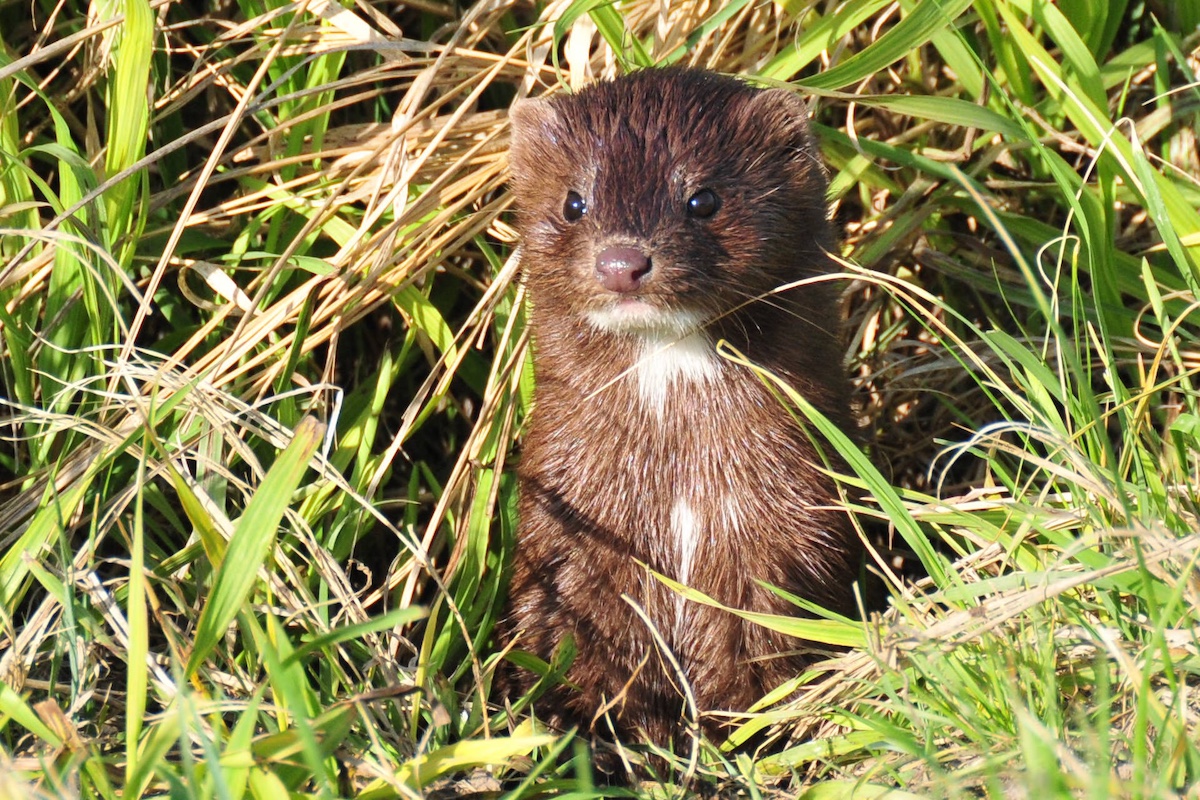
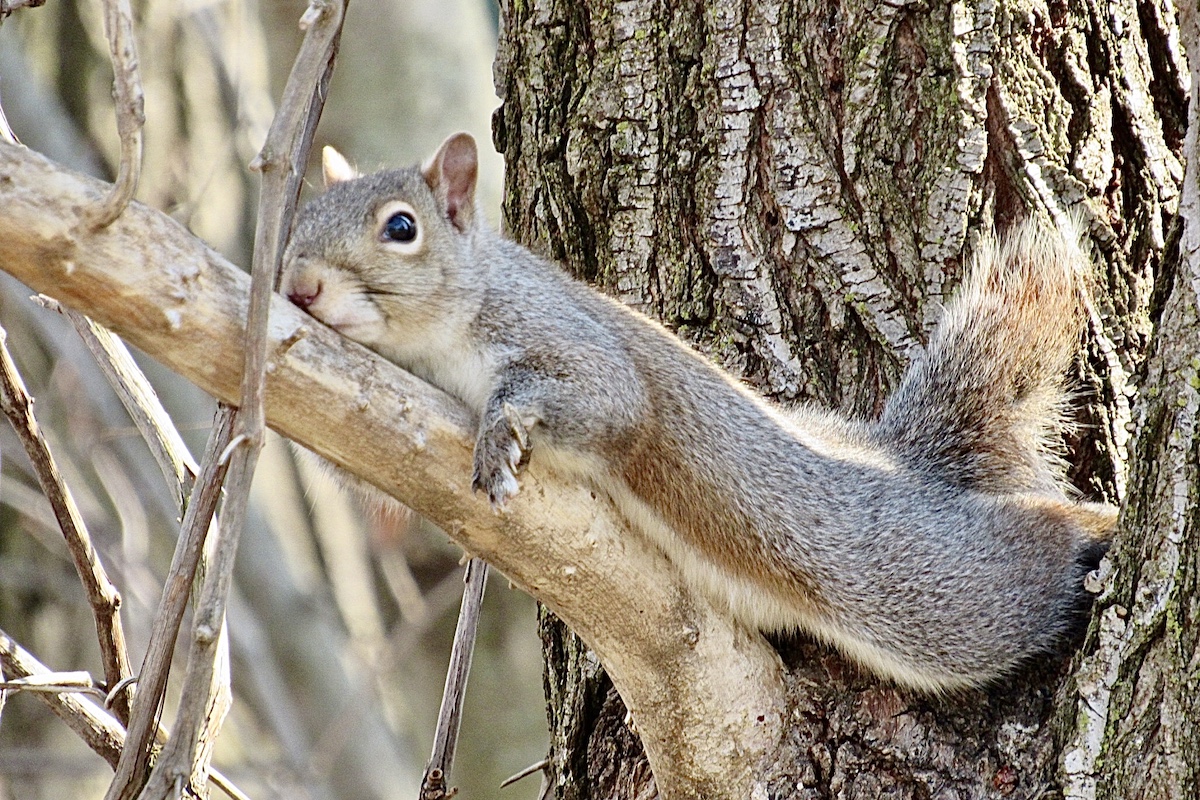




Submit a question for the author
Question: This is a great site. I moved here in 2018 and am still trying to learn about the wild life around me. I can’t identify mice like creatures with brownish thick fur that sticks out like your raccoons/ They have furless stringy looking dark feet and tails. My cat chases them like mice. By the way, I have had two of those jumping mice in my house already this year. You can imagine the fun the cat gets. My daughter takes them and puts them outside. We don’t like to see them killed. I live in Carol Stream along the stream in the middle of town. Thank you for trying to help me. Martha